Noxious and Invasive Weed Treatment Guide
SouthEast Connector Phase 1 Project
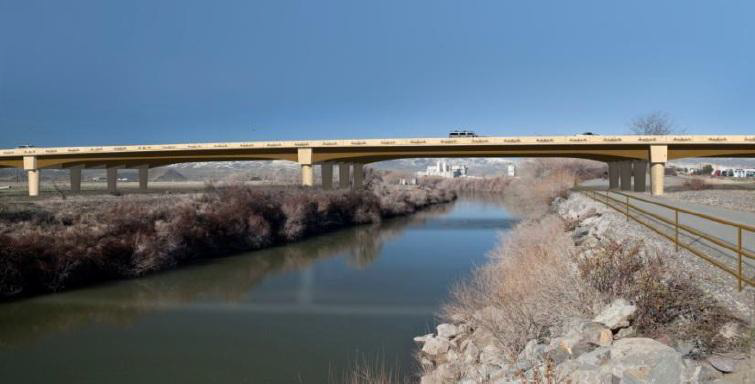
Jasmine Vittori, Biologist/Environmental Analyst
Mike Derby, Environmental Analyst
Debra Lemke, PWS, CPESC
JBR Environmental Consultants, Inc.
Published April 2014, JBR Environmental Consultants, Inc.
Introduction
The infestation of noxious and invasive weeds is a serious problem in Nevada and other western states. Noxious weeds, according to the U.S. Bureau of Land Management (BLM), have invaded about 17 million acres of public rangelands with management costs in the hundreds of millions of dollars. Weed infestation can result in numerous negative impacts that are extensive and often irreversible.
Vegetation identified at and near the project site includes several noxious and invasive weed species. It is the desire of Moana Nursery to prevent the spread of these weeds, to eradicate existing weeds where possible, and to prevent new infestations. To assist with this effort, Moana Nursery contracted JBR Environmental Consultants, Inc. to develop a Noxious and Invasive Weed Treatment Guide and provide noxious weed training that provides strategies for weed prevention and management.
This Noxious and Invasive Weed Treatment Guide will assist in selecting and applying a combination of management techniques (biological, chemical, mechanical, and cultural) that, together, will control a particular weed species or infestation efficiently and effectively, with minimal adverse impacts to non-target organisms. Early Detection and Rapid Response strategies aimed at identifying those weeds that have not yet been discovered in an area, but have been found in surrounding areas are also incorporated into this Noxious and Invasive Weed Treatment Guide to assist Moana Nursery with prevention and early eradication and treatment strategies.
The objectives of Noxious and Invasive Weed Treatment Guide are the following:
- Prevent the introduction, establishment and spread of invasive plants;
- Reduce the extent and density of established invasive plants;
- Protect and maintain desired plant communities from weed invasion;
- Implement economical, practical and effective weed control methods for target species;
- Rehabilitate priority areas after treatment to reduce the susceptibility of re-invasion;
- Provide education about weed management and weed identification; and
- Discuss methods to control any noxious weeds that be discovered in the future (early detection, rapid response).
List of Weeds by Common Name (Alphabetical)
BULL THISTLE (Cirsium vulgare)
CANADA THISTLE (Cirsium arvense)
CHEATGRASS (Bromus tectorum)
DIFFUSE KNAPWEED (Centaurea diffusa)
EURASIAN WATERMILFOIL (Myriophyllum spicatum)
HOARY CRESS (SHORT WHITETOP) AND HAIRY WHITETOP (Cardaria draba)
LEAFY SPURGE (Euphorbia esula)
MEDUSAHEAD (Taeniatherum caput-medusae)
MUSK THISTLE (Cardus nutans)
POISON HEMLOCK (Conium maculatum)
PUNCTUREVINE OR GOATHEADS (Tribulus terrestris)
PURPLE LOOSESTRIFE (Lythrum salicaria)
RUSSIAN KNAPWEED (Acroptilon repens)
SCOTCH THISTLE (Onopordum acanthium)
SPOTTED KNAPWEED (Centaurea maculosa)
TALL WHITETOP OR PERENNIAL PEPPERWEED (Lepidium latifolium)
TAMARISK OR SALT CEDAR (Tamarix ramosissima)
WESTERN WATERHEMLOCK (Cicuta douglassi)
YELLOW STARTHISTLE (Centaurea solstitialis)
Noxious Weed Species and Treatments
In order to properly identify, treat and control weed species it is important to understand the growth habitats and life cycles. There are two types of weedy plants, dicots and monocots. Dicots (dicotyledonous) are broadleaf plants that have two seed leaves in each seed, have broad leaves, and may have woody stems. However, most dicot weeds have little or no woody tissue, and are herbaceous. Monocots (monocotyledons) are plants that have a single leaf and are characterized by long, narrow leaves with parallel veins and fibrous root system. Some monocots produce underground stems called rhizomes or above ground runners called stolons, while other plants produce both.
Each weed species has adapted to live and reproduce in varying, often harsh environments. Some produce seeds in winter while others prefer the warmth of summer. The type of weed (monocot or dicot) and the reproduction cycle will help determine the most appropriate treatment actions. Most weed species will fall into one of these categories (Donaldson, 2011).
Winter Annual Weeds
These weeds germinate from seed in the fall to late winter. In spring they mature and produce seeds, and then die in summer. Seeds can remain dormant during the late spring and summer to germinate the following winter. Examples include cheatgrass, medusahead, and tumble mustard.
Summer Annual Weeds
The majority of annual weeds are this type. These species grow each spring or summer from seed. In one growing season they will mature, produce seeds, and die. Seeds generally are dormant during winter. Examples include prostrate spurge and ragweed.
Biennial Weeds
These weeds can germinate at any time during the growing season. Usually they produce a radial cluster, or rosette, of leaves close to the soil during the first season. In the second year they will produce flower stalks, produce seeds, and die. Examples include bull and musk thistle.
Perennial Weeds
These weed species will live for three or more years. The first year some species may not flower and others may produce seeds that do not germinate. Some species will spread primarily through seed production, while others spread by seed and through pieces of the rhizomes, stolons, or stem nodes that touch the soil and grow new roots. It is important to refrain from cultivating and hand pulling areas with perennial weeds to prevent broken pieces from starting new growth. Examples include perennial pepperweed (tall whitetop), hoary cress, and purple loosestrife.
Several treatment methods are available for control and eradication of weed infestations. These methods include: mechanical methods such as physically pulling the weeds (including the entire root), tilling or mowing, cultural methods, that encourage desirable plant growth, biological controls, and chemical methods. Treatments may involve two or more methods in order to be effective. Species-specific recommended treatment methods are described in detail below.
Bull Thistle
Bull thistle grows 2 to 5 feet tall with numerous spreading branches. Stems of the plant are sparsely hairy, irregularly and spiny winged, green or brownish in color with purple veins. Flower heads are usually solitary on the end of each stem, gumdrop-shaped, 1 to 2 inches tall with long, stiff, yellow tipped spines. Flowers are generally bright purple but sometimes white in color. Since bull thistles are incapable of reproducing from the root system, mechanical methods that sever the root below the soil surface are highly recommended. This should be done before the reproductive growth stage to avoid seed production and dispersal. Use gloves when hand pulling to avoid injury. Herbicides such as 2,4-D and glyphosate can also help control the plant. Herbicides should be applied in late fall or early spring when thistles are in the seedling to rosette stage. Over-seed the treated area with a mixture of competitive vegetation. Grasses are recommended as a competitor for bull thistle.
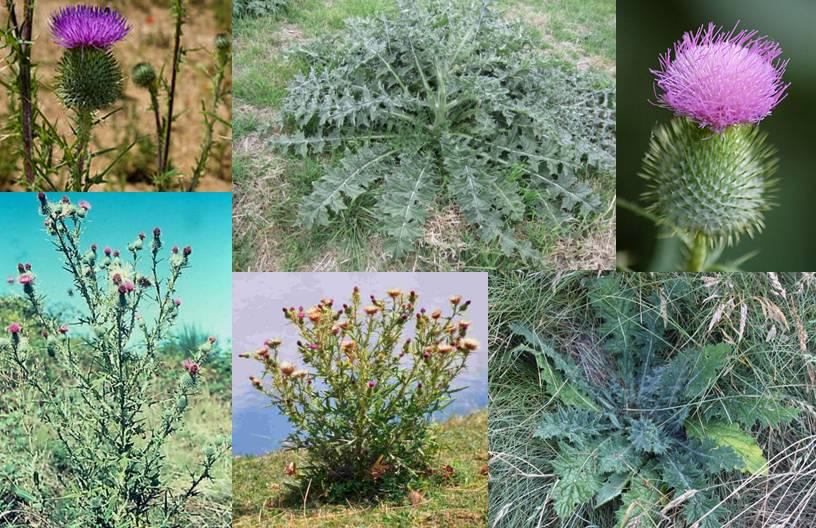
Treatment Types
Canada Thistle
Stems of Canada thistle can grow to 4 feet tall. Deeply lobed leaves are spiny, with small bristly clusters of purple to whitish flowers that are produced mid-June through September. Canada thistle is found in deep, loose, cool soils. The plant is a creeping perennial, emerging mid- to late spring. The extensive root system can spread up to 12 feet and this thistle reproduces most commonly through vegetative buds on the rood system, and also by seed.
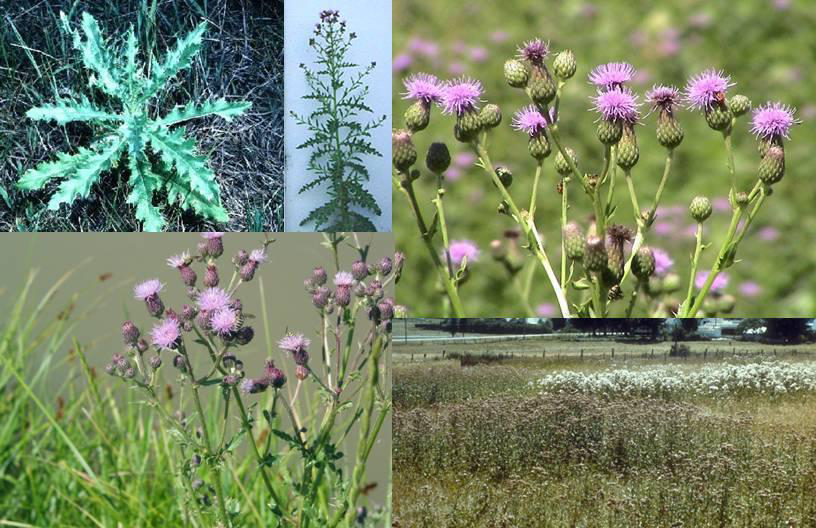
Treatment Types
Cheatgrass
Cheatgrass is a highly invasive annual or winter annual grass growing approximately 4 to 24 inches tall. It is softly downy to short-hairy throughout, with solitary stems or growing in a few-stemmed tuft. Leaf blades are up to 8 inches long, flat and relatively narrow. The roots are shallow growing and fibrous. Primary reproduction is through seed. Care should be taken not to transport seed by vectors such as livestock, vehicle transportation, or boots (socks). Cheatgrass can be found at any elevation, and is common in areas that have been disturbed throughout the west. Vehicles, clothing, camp gear, and pets should be cleaned of adhering seed after driving, camping, and walking in cheatgrass-infested areas. Non-selective herbicides are presently the primary chemical available for control of cheatgrass. Since non-selective herbicides can kill all vegetation they contact, not just the problem weed, care must be taken that they do not contact desirable plants.
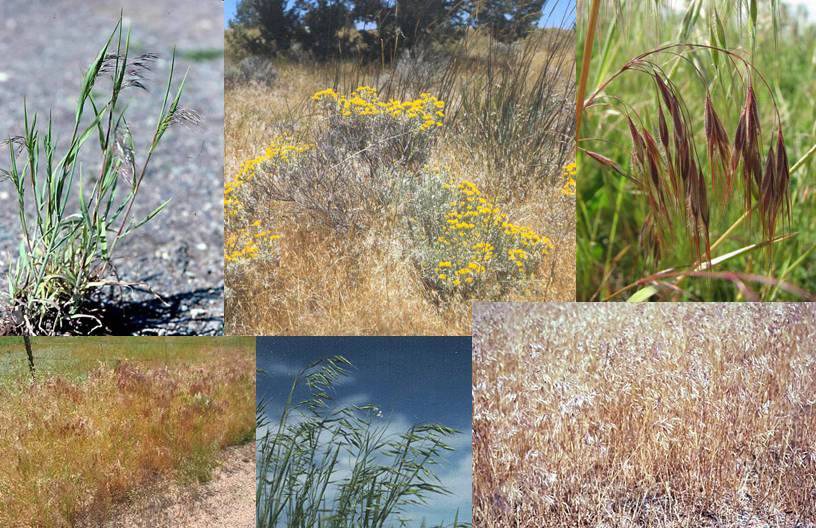
Treatment Types
Diffuse Knapweed
This species can grow 1 to 2 feet tall with flowers that are almost white in color but can be a pink-purple color. Black spots/spines are often found on flower bracts. Preventing seed production is critical and can be accomplished by mowing, cutting or hand pulling when the flowers first appear and before seed set. Reseeding with competitive grass species is beneficial. Numerous insects are available as biological controls. Early grazing by livestock can also be recommended. Treat rosette or other stages prior to flowering with 2,4-D, and glyphosate. Combining with cultural practices may also be effective.
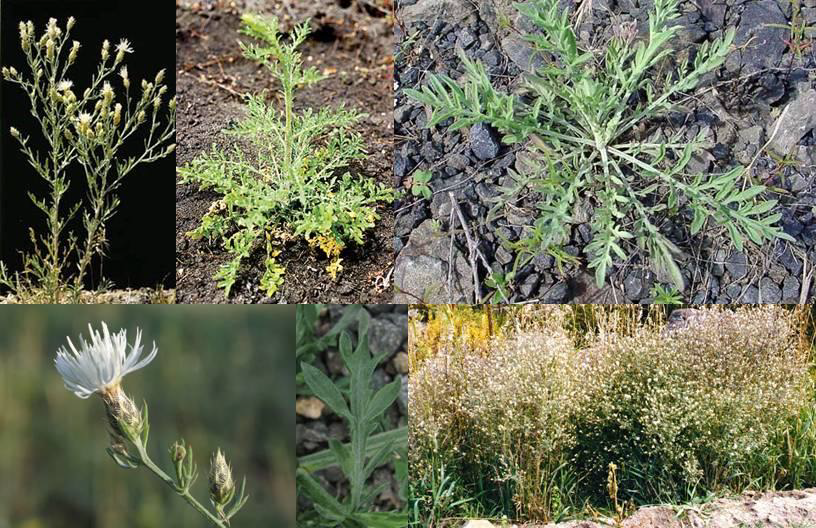
Treatment Types
Eurasian Watermilfoil
Eurasian watermilfoil is a submersed, rooted aquatic vine approximately 2 to 3 meters long. Leaves are fern-like, dark green, with 12 to 21 leaflet pairs that are flacid when out of water. Four leaves join in a whorl on the red stem at equal intervals. It can produce adventitious roots at every node, reproducing through the fragments and fruits. It is found in Lake Tahoe and the Truckee River. This is a perennial aquatic weed. Control efforts should be focused on upstream sources to protect downstream waterbodies. 2,4-D, copper compounds, and diquat may be effective treatment options.
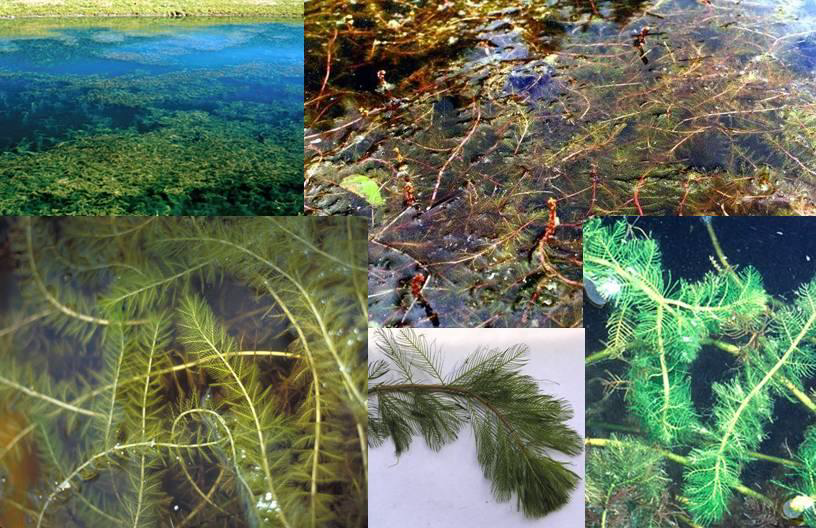
Treatment Types
Hoary Cress
Grows 1 to 2 feet tall. Leaves are 1 to 1-1/2 inches long, blue-green, waxy, and lanceolate. Lower leaves are stalked, while upper leaves are stalkless and have two lobes that clasp the stem. Flowers are produced in clusters with 4 white petals that give the plant a white flat top. The plant thrives in moist soils and is less common on sand and pure clay soils. Typical habitats include disturbed or degraded land, such as roadsides, fence rows, overgrazed pastures and rangelands, eroded gullies, ditch banks and vacant lots. Prevent seed production. Cultivate every 21 days beginning in the spring until no additional shoots or seedlings appear. Try repeat disking. Good results have been achieved with application of glyphosate followed by grass seeding into the treated area.
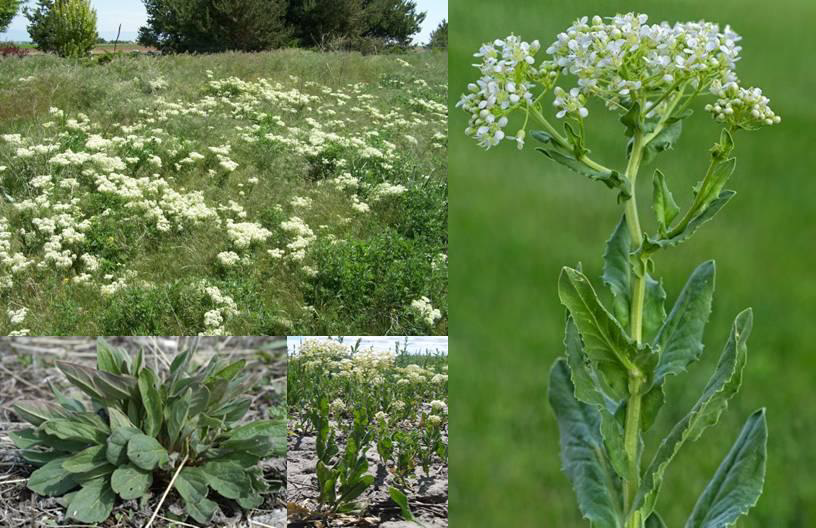
Treatment Types
Leafy Spurge
Leafy spurge can grow 1 to 3 feet tall and exhibits bluish green leaves and smooth leaf margins. Umbel flower heads, with showy yellow heart-shaped bracts. All plant parts contain white milky latex. Roots extend to approximately 40 feet deep. This is a deep-rooted perennial, reproducing by seed and vegetative root buds. Fruit has artillery seed dispersal, and shoots ripe seed as far as 15 feet. The plant causes severe irritation of mouth and digestive tract in cattle that may result in death. In areas with more moisture, it will expand rapidly. It is essential to control this weed in the first growing season for best success. Chemicals appropriate for use include 2,4-D (reduces seed roduction), and glyphosate (Roundup®). Apply fall herbicide after a summer of grazing. Glyphosate may eliminate competitive species and allow leafy spurge to dominate.
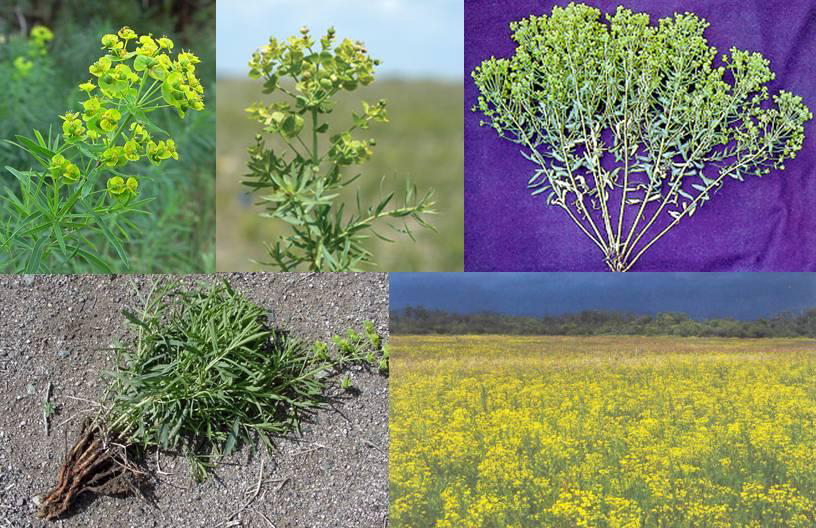
Treatment Types
Mechanical controls are not effective once the plant has become established.
Medusahead
Medusahead is a grass species that can grow 6 to 24 inches tall and is slightly hairy. Flowers are produced in May or June and persist through the winter. Medusahead is a highly aggressive winter annual weed that is an extreme fire hazard. Prevention and early detection, rapid response is extremely important. Control methods include mowing, disk or plowing before seed set. Grazing can be used early in the growing season. The crown foot fungus has been found to be somewhat effective as a biological control. Chemical treatments include glyphosate (Roundup) on early growth (can be expensive for rangeland application).
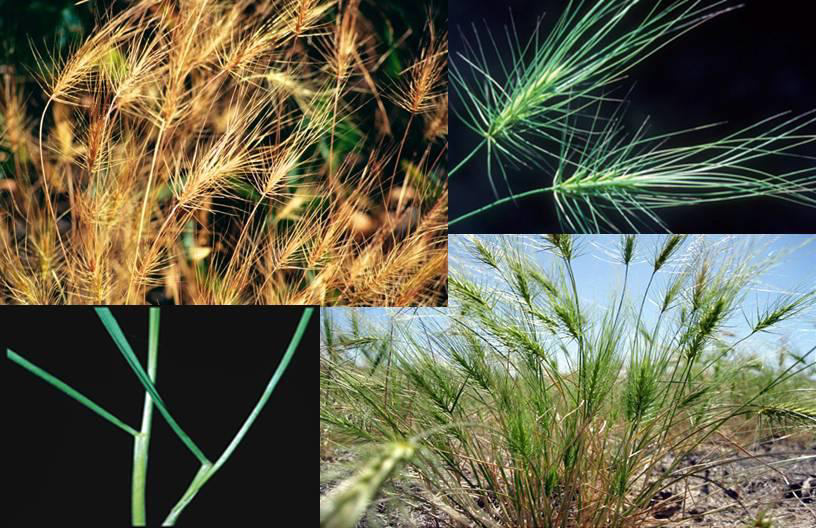
Treatment Types
Musk Thistle
Musk thistle is a biennial plant that can grow up to 7 feet tall with freely branched stems and purplish nodding flowers. Leaves are dark green with spines. This species is similar to Scotch thistle. Control rosettes in the first season by digging out at least the first 2 inches of root. Cut or chopped plants may still flower and produce seed. Mowing will help limit seed production but will not kill the plant. Several biological control agents exist; however, these controls have not been found to be effective in Nevada. Chemical treatment includes application of 2,4-D amine during rosette stage. 2,4-D can also be used in the fall if the soil moisture is sufficient and air temperatures are over 50F. Chlorsulfuron (Telar®) can be used in the spring from rosette to pre-bloom stages.
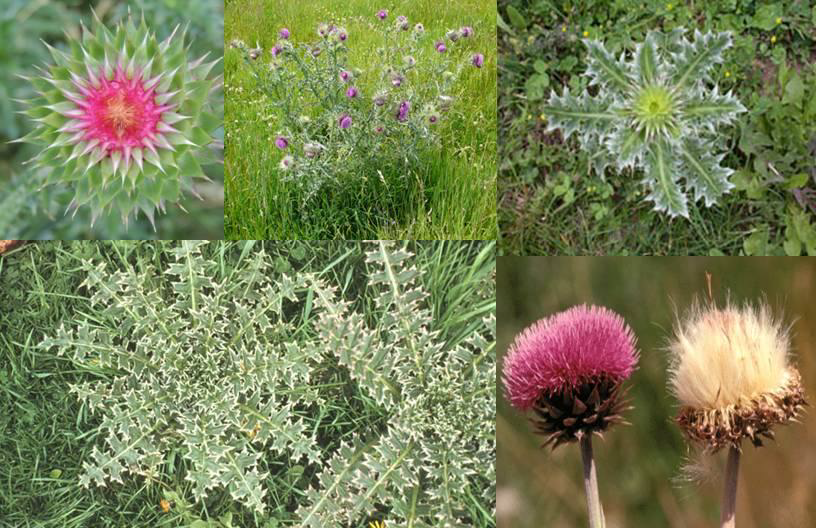
Treatment Types
the roots.
Several agents exist, including a thistle crown fly, thistle head weevil, thistle crown weevil, and a rust, but they have not been effective in Nevada.
Apply 2,4-D amine during the rosette stage of growth. 2,4-D amine can be used in the fall if the soil moisture is sufficient and air temperatures exceed 50o F. Apply chlorsulfuron in the spring from rosette to prebloom stages of growth.
Follow label directions and precautions. 2,4-D is effective for treatment.
Poison Hemlock
This is a perennial tap-rooted plant with stout hollow stems that are marked with a distinctive purplish splotch. The leaves are somewhat fern-like and tiny white flowers from an umbel. Poison hemlock is best controlled by mowing prior to seed production, if possible. It can be hand-pulled but be extremely careful. Be sure to wear good leather gloves when working around poison hemlock as all plant parts are highly poisonous. Prevent reestablishment by maintaining desirable plant communities. Biological controls include a hemlock moth that defoliates the plant. This control has been found to provide good control but is inconsistent. For chemical control use a broadleaf weed killer such as 2,4-D to protect bank-stabilizing grasses. Hemlock is most often found in aquatic environments so be certain to use a chemical that is labeled for use around water.
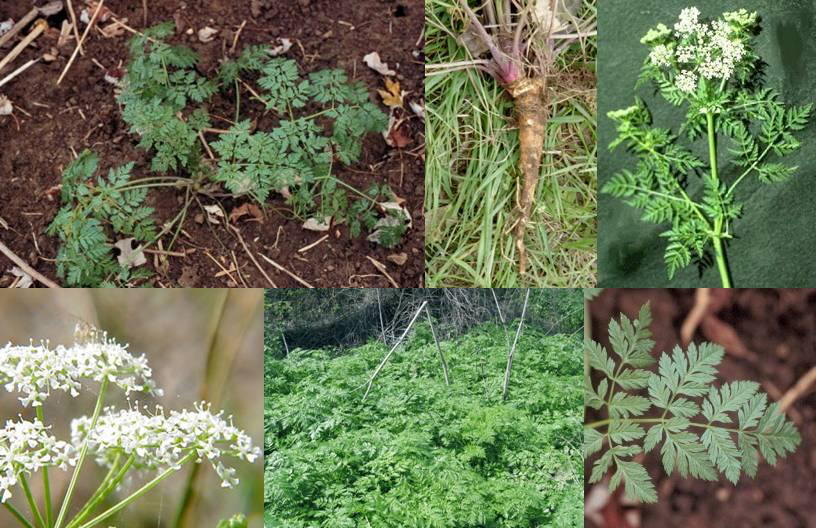
Treatment Types
Mow prior to seed production. Hand-pull only while wearing gloves – this plant is highly poisonous.
Puncturevine or Goatheads
Puncturevine, also called goatheads, are a prostrate plant with a simple taproot and pinnate, compound leaves. This plant flowers as a warm season annual, with flowers being small and yellow. This plant produces spiked seeds and is found in croplands, pastures, roadsides, and in urban areas. Seeds can remain dormant in the soil for 4 to 5 years. Herbicides effective in the treatment of puncturevine include 2,4-D amine, and should be applied every three weeks during germination or when new seedlings appear.
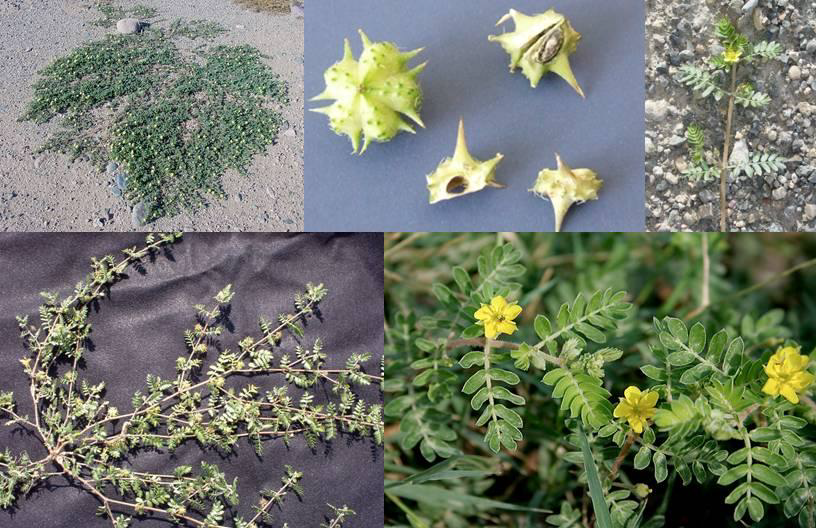
Treatment Types
Puncturevine seed weevil and puncturevine stem weevil; only successful in areas with mild winters.
Purple Loosestrife
Purple loosestrife is a perennial plant, usually 4 to 5 feet tall with characteristic square stems. Lanceolate leaves are arranged opposite or in whorls. The flower is a rose-purple spike. This plant reproduces by seed and adventitious root buds. It is found most commonly in riparian areas. Glyphosphate is an effective chemical treatment, and should be used carefully around waterways.
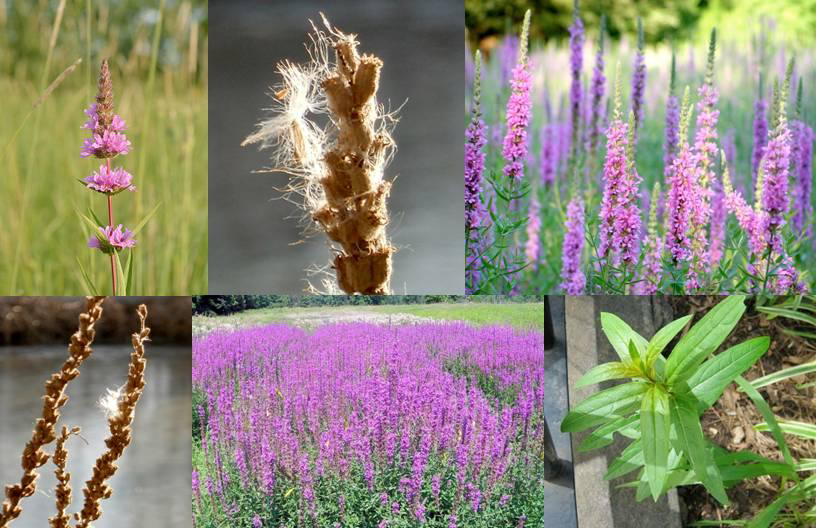
Treatment Types
Dig young plants, taking care to remove all root fragments. This can be very effective, but requires constant vigilance in monitoring for regrowth.
Russian Knapweed
This plant can grow 1.5 feet to 2.5 feet tall and has flowers that are pink, lavender, or white; produced from June to September. Rosettes have toothed leaves that are covered with fine hairs. Control methods include mowing in combination with herbicide treatments. It can be hand pulled but be certain to wear gloves to avoid injury. Reseed with competitive grasses. Biological controls include the Russian knapweed gall nemotode. Chemical controls can be used in spring till to remove leaves. Control can be achieved in 2 to 4 years. Clopyralid works well during flowering stage.
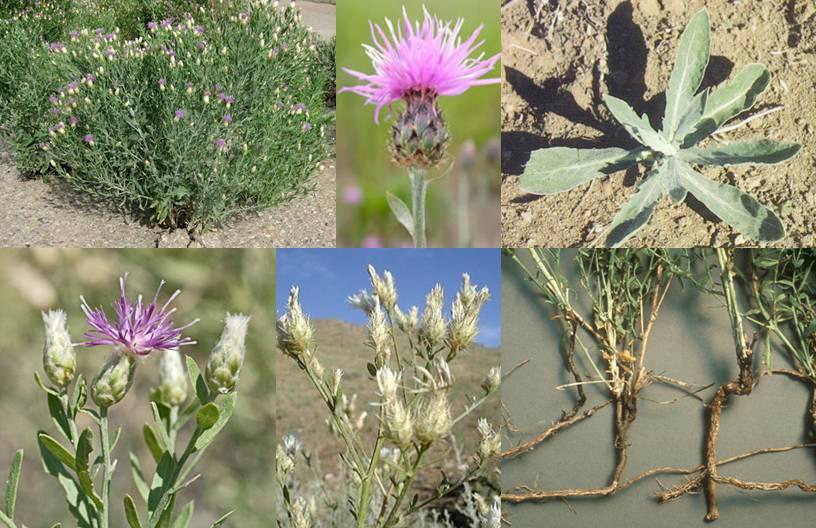
Treatment Types
Use mowing in combination with herbicide treatments and then tilling to overcome allelopathic effects.
Continuous tillage is somewhat effective, especially when combined with an herbicide program. Hand-pull only while wearing gloves.
Scotch Thistle
Growing up to 8 feet tall, Scotch thistle is very aggressive and will form dense patches that are impenetrable to humans, wildlife and livestock. This species is a biennial that grows very spiny leaves that grow down the winged stems. A vibrant purple flower grows at least one inch across at the end of the stalks. Control rosettes in the first season by digging out at least two inches of the root. Cut or chopped plants may still flower and set seed. Scotch thistle reproduces by seed and establishes along sites that are neglected and/or disturbed, often preferring sites along ditch banks, roadsides, rangeland, and rivers. Mowing will help limit seed production but will not kill the plant. Scotch thistle is responsive to mechanical, cultural and chemical control methods. A combination of treatments is recommended, followed by a sound revegetation program.

Treatment Types
Chemical controls include: 2,4D, applied in spring or fall, and it is more effective in the fall. All live plants that escaped the spring application will be seedlings or rosettes and ready to be sprayed later in summer or fall.
Spotted Knapweed
This plant can grow 1 to 3 feet tall and has flowers that are usually pink, sometimes white or purplish; produced from June to September. This plant has slender, wiry branches. It is a Short-lived non-creeping perennial; sometimes a biennial. Control methods include mowing in combination with herbicide treatments. It can be hand pulled but be certain to wear gloves to avoid injury. Reseed with competitive grasses. Numerous biological controls include the Russian knapweed gall nematode, gall flies, moth, and weevil. Sheep grazing can also be used. Chemical controls include 2,4-D to control rosettes or other stages prior to flowering.
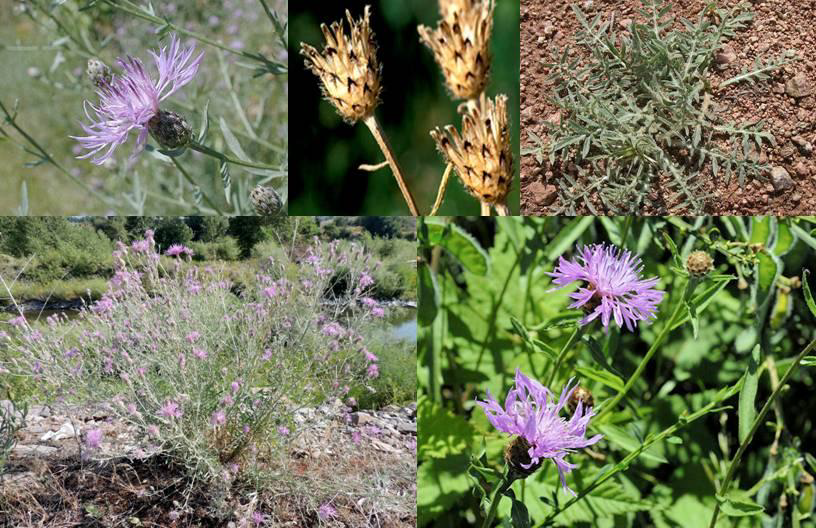
Treatment Types
Mow before seed set when first flowers appear. Hand- pulling is effective.
Combination of other methods coupled with seeding with competitive grass species.
Numerous insects available, including gall flies, moth, and weevil. Early sheep grazing is also used.
Tall Whitetop or Perennial Pepperweed
Perennial pepperweed is the most widespread of noxious weed infestations in Western Nevada. A combination of methods will be most effective. Mowing prevents seed production. Tilling encourages resprouting from rhizomes. Herbicides are most effective on perennial pepperweed if applied to the younger green leaves. This may require mowing, grazing or burning to remove older woody material remaining from previous years’ growth. Tall wheatgrass, creeping wildrye and saltgrass can compete with perennial pepperweed and should be seeded following control treatment. Repeated episodes of mowing is encouraged but it will need to be performed multiple times throughout the growing season (spring and summer) in order to prevent seed production due to regrowth of flowering stalks. Mowing may also be accomplished through repeated grazing by goats, sheep, or cattle.
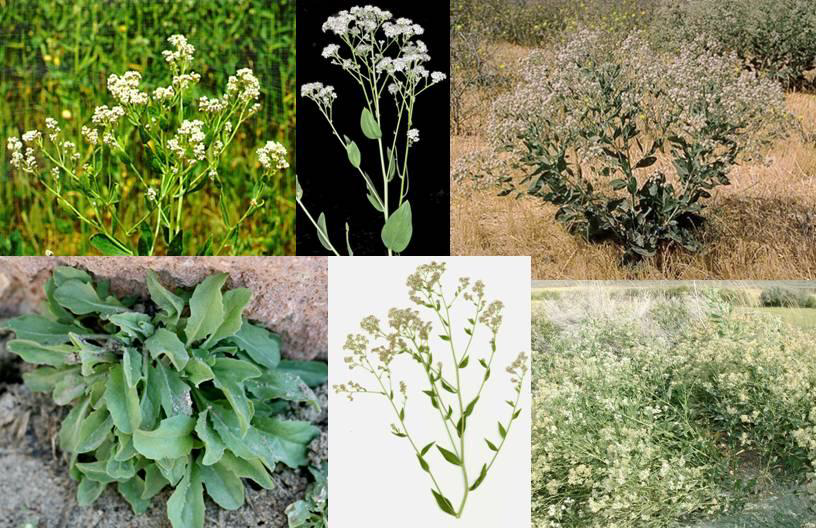
Treatment Types
Mowing prevents seed production and depletes food production in plant, but does not kill it. Avoid Cultivation! Tilling encourages resprouting from rhizomes.
Tamarisk or Salt Cedar
Tamarisk can grow 5 to 20 feet tall with reddish-brown bark, turning fissured gray with age. Pale, bluish-green leaves are small and scale-like, with smooth entire margins. Flowers are small, pink to white, 5 leaved, delicate and showy. Tamarisk has a deep primary root. Deep adventitious roots are produced at nodes from buried stems. In addition to its invasive characteristics, tamarisk uses more water than native willows and cottonwoods, and concentrates salt in its leaves. Dropped leaves accumulate under the plant, inhibiting the growth of other species, including potential competitors. Tamarisk is best eradicated by cutting the stump as close to the ground as possible, followed immediately by an application of undiluted glyphosate (Roundup). Repeated treatments and successful establishment of competitive species is necessary.
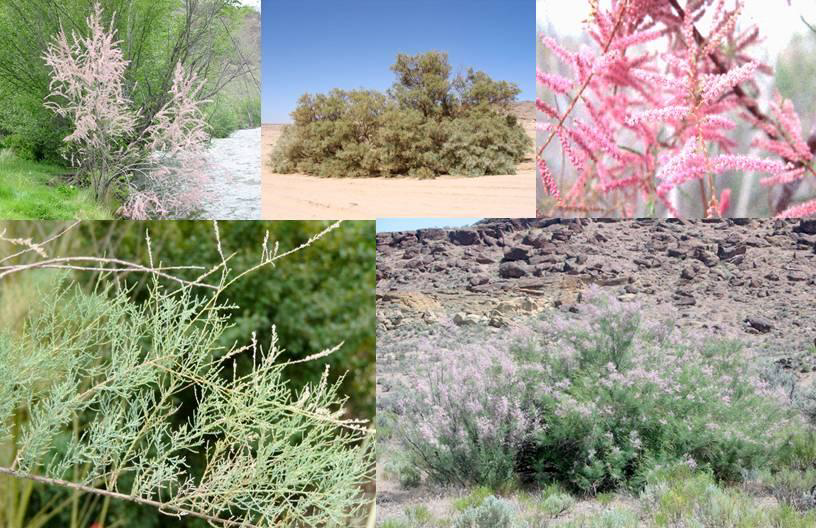
Treatment Types
Will resprout after cutting or burning.
Western Waterhemlock
This is a perennial plant with stems that are erect, 3 to 7 feet tall, and swollen at the base. Stems are hollow from a horizontally-divided, enlarged taproot. The single, alternate, pinnately divided leaves have a petiole. Flowers are white in compound umbels with mostly flat tops. This species occurs along streams, irrigation canals, and in pastures. The most common method of reproduction is through seed. This plant is one of the most poisonous within the U.S. Treatment with a broadleaf weed killer such as 2,4-D (labeled for use around water), in conjunction with cultural treatment methods can be effective. Be sure to wear good leather gloves when working around poison hemlock as all plant parts are highly poisonous.
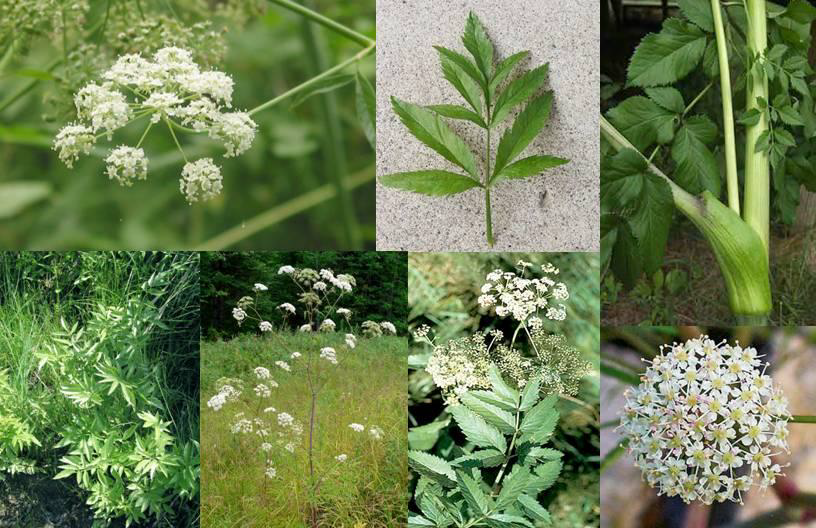
Treatment Types
Mow to deplete root food storage. Hand-pull only while wearing gloves – this plant is highly poisonous.
Prevent establishment by maintaining desirable plant communities.
Hemlock moth, a defoliating moth, gives inconsistent but sometimes good control.
Use a broadleaf weed killer such as 2,4-D to protect bank-stabilizing grasses. Make sure the chemical is labeled for use around water when poison hemlock is growing in a ditch, waterway, or wetland.
Yellow Starthistle
This is a perennial plant with stems that are erect, 3 to 7 feet tall, and swollen at the base. Stems are hollow from a horizontally-divided, enlarged taproot. The single, alternate, pinnately divided leaves have a petiole. Flowers are white in compound umbels with mostly flat tops. This species occurs along streams, irrigation canals, and in pastures. The most common method of reproduction is through seed. This plant is one of the most poisonous within the U.S. Treatment with a broadleaf weed killer such as 2,4-D (labeled for use around water), in conjunction with cultural treatment methods can be effective. Be sure to wear good leather gloves when working around poison hemlock as all plant parts are highly poisonous.
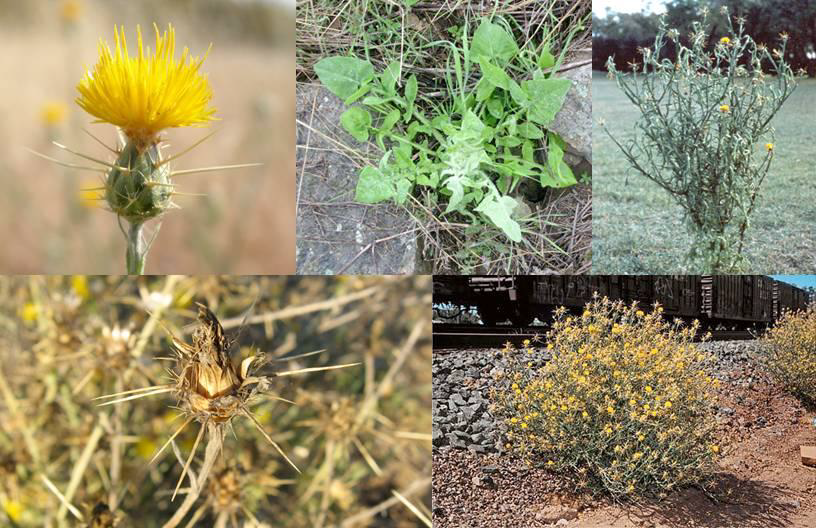
Treatment Types
Noxious Weed Species and Treatments
| Herbicide* | Manufacturer | Active Ingredient | Concentration |
|---|---|---|---|
| Roundup PROMAX® | Monsanto | Glyphosate, 48.7% | 10 oz/acre |
| Panoramic 2SL | Alligare | Imazapic, 23.3% | 6 oz/acre |
| Matrix® SG | Du Pont | Rimsulfuron, 25% | 4 oz/acre |
| MilestoneTM | Dow AgroSciences | Aminopyralid, 40.6% | 5 oz/acre |
| Amine 4 | Loveland Products | 2,4-D, 46.5% | 3 pints/acre |
| Telar® XP | Du Pont | Chlorsulfuron, 75% | 1 oz/acre |
References and Data Sources
Donaldson, Susan. 2011. Weed Warriors Manual. University of Nevada, Reno Cooperative Extension. Reno.
Nevada Weed Action Committee. 2000. Nevada Coordinated Invasive Weed Strategy.
University of Nevada, Reno Cooperative Extension. 1996. Fact Sheet-96-12: Managing Invasive Noxious Range Weeds in the Great Basin.
University of Nevada, Reno Cooperative Extension. 2003. Special Publication: What is a Noxious Weed.
U.S. Department of Agriculture Plants Database. https://plants.usda.gov/home
Additional Resources
JBR Environmental Consultants, Inc.
Address: 595 Double Eagle Ct., Suite 2000, Reno, NV 89521
Phone: 775-747-5777
Website: www.jbrenv.com
Moana Nursery Landscape Services
Address: 1190 W. Moana Lane, Reno, NV 89509
Phone: 775-825-0602 ext. 134
Email: customerservice@moananursery.com
Website: www.moananursery.com
Moana Lane Garden Center
Address: 1100 W. Moana Lane, Reno, NV 89509
Phone: 775-825-0600
South Virginia Street Garden Center
Address: 11301 South Virginia Street, Reno, NV 89511
Phone: 775-853-1319
Pyramid Highway Garden Center
Address: 7655 Pyramid Highway, Sparks, NV 8943
Phone: 775-425-4300
Truckee Meadows Weed Coordinating Group
Contact: University of Nevada Cooperative Extension
Phone: 775-856-8401
Email: Donaldson@unce.unr.edu
Website: http://www.washoeweeds.org/
Great Basin Institute
Address: 16750 Mount Rose Highway, Reno, NV 89511
Phone: 775-674-5475
Website: http://www.thegreatbasininstitute.org/
Comstock Seed
Address: 917 Highway 88, Gardnerville, NV 89460
Phone: 775-265-0090
Email: sales@comstockseed.com
Website: www.comstockseed.com
Granite Seed
Address: 1697 West 2100 North, Lehi, UT 84043
Phone: 801-768-4422
Website: www.graniteseed.com
Nevada Department of Agriculture
http://www.agri.state.nv.us
US Department of Agriculture Plants Database
http://plants.usda.gov
Nevada Weed Management Association
http://nvwma.org/
Nevada Noxious Weeds Field Guide
http://www.unce.unr.edu/publications/files/nr/2010/sp100 1.pdf
University of Nevada Cooperative Extension – “Weed Warriors” Program
http://www.unce.unr.edu/programs/horticulture/index.asp?ID=141
UNCE Weed Identification and Control Guide
http://www.unce.unr.edu/publications/files/nr/other/EB98 01.pdf
Weed Education Clearinghouse
http://www.cdfa.ca.gov/phpps/ipc/weededucation/weed_ ed_hp.htm
Weed Science Society of America
http://www.wssa.net
